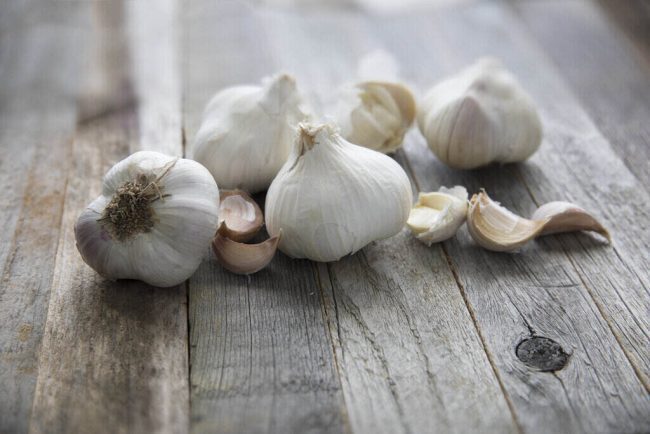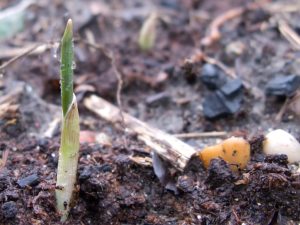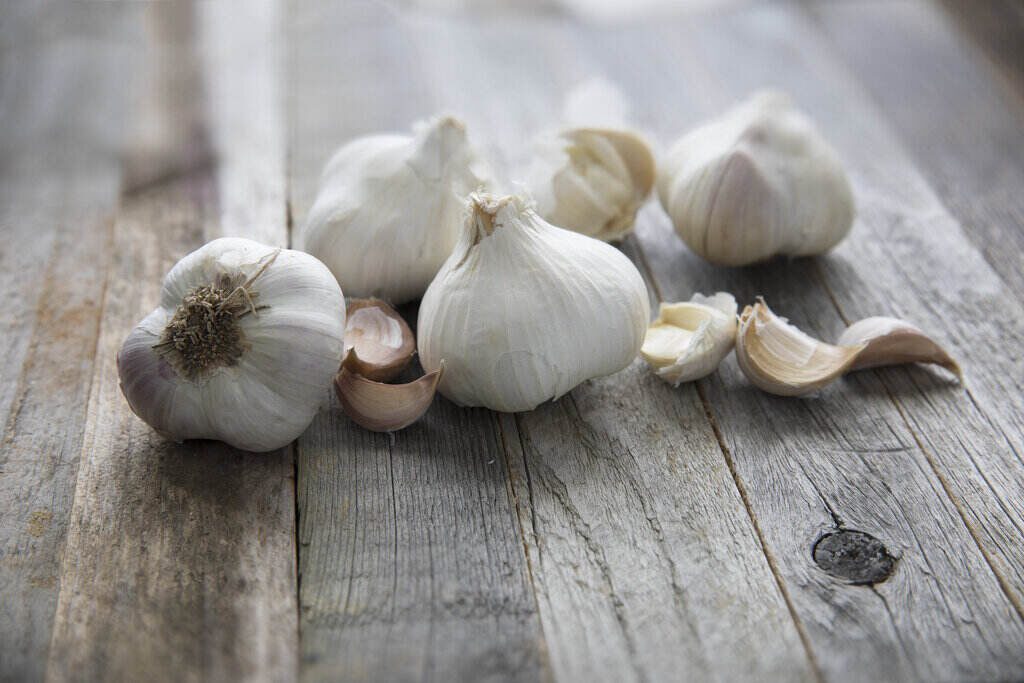|
Getting your Trinity Audio player ready...
|

Garlic is a fan favorite amongst many people around the world. Most think that Garlic must be very difficult to plant especially in the fall/winter seasons. In reality, it is incredibly simple and a very fast process to grow bulbs of garlic and large amounts too.
The first, and a very important step, is not to rely on the local grocery store for garlic seeds. It is best to get them from a certified area, such as a farmer’s market, garden center, or seed company to be sure the garlic will grow successfully in the Midwest climate, according to Shaw Local News Network.
Although fall can be the same, garlic seeds need to be able to survive the winter. Since the harvest time could be in late June, garlic seeds need to undergo severe winter weather. For example, in Chicago, the winters can be disastrous, with temperatures able to reach -10 degrees. When you purchase seeds from a farmers market or any seed company, there are different zones where the seed can be planted in. In Chicago, the zone is 5B. New York City is 3-7. Las Vegas is 9A. It all depends on the zone that you are living in.

There are two types, hard neck garlic, and soft neck garlic. Hard neck garlic is “hardier than soft neck varieties,” according to Spruce. These varieties work best for Northern gardeners. The hard neck tends “to form fewer cloves per bulb than soft neck varieties, but they are most often a bit larger.” On the other hand, soft neck varieties are “the best to grow if you live in a milder climate.” Clearly, soft neck varieties are the best to grow if the winters are not too harsh.
The winter in Illinois can get quite harsh and very quickly as well. When it comes to planting garlic, the best time to plant them would be in October. They need at least six to eight hours of sunlight per day, that way they can grow to their best. Garlic depends heavily on nitrogen. So people need to make sure they have a lot of organic matter, like compost, in the soil. If there is not enough compost in the soil, it may not grow to the best, or it might just rot away in general. Nitrogen is a big component in being able to have a great head.
Once this step is complete, and people have found a perfect location, they need to make holes in the ground roughly two to three inches deep (nearly twice the height that of clove) and six to eight inches apart, according to SHAW Local News. These facts matter greatly in being able to grow in the best way possible. People do not have to be exact with these numbers, but it is best to be approximate, that way cloves can grow the best.
Once all of these steps are complete, individuals can now add the water. A great thing to do after watering is to add the straw on top of the garlic. Straw is a method of defense. Another important thing to note is when people see the first green shoots, in the springtime, they need to pull back the straw from the plants, but leave it around them as mulch. This helps keep an even amount of moisture in the soil while reducing weeds. The straw does not have to be completely removed, as it could be used as a great source of moisture. There is also what is called ‘scapes.’ These should be removed, and could even be consumed.
As it turns into harvest time which is around late June, or early July, people will be able to notice that the leaves turn brown. At this time, it is vital to stop watering, and when they notice that around half of the leaves that are shooting up from the ground are brown, then they know that it is time to harvest.
It sounds incredibly complicated, but in reality, it is something quite simple and very easy to do.
Written by David Loran Jr
Sources:
Shaw Local News: Down the Garden Path: Guest columnist series–Plant garlic this fall and harvest next summer
The Spruce: What Is the Difference Between Hardneck and Softneck Garlic?
Featured and Top Image Courtesy of Kjokkenutstyr Net Flickr Page – Creative Commons License
Inset Image Courtesy of Tony Austin Flickr Page – Creative Commons License



